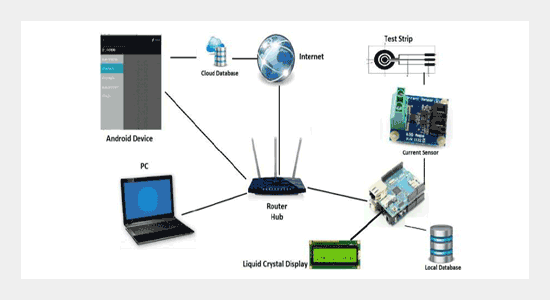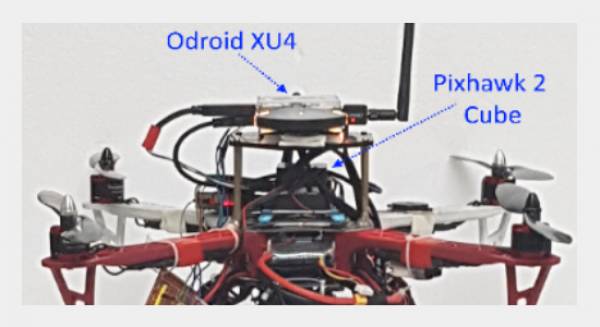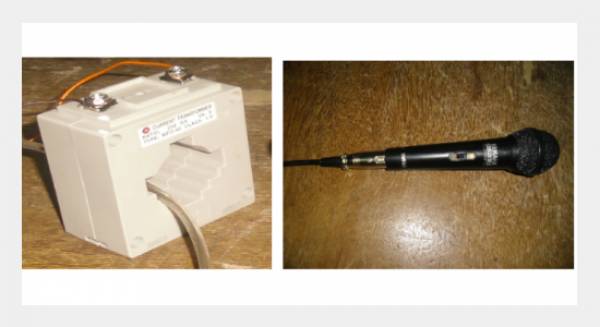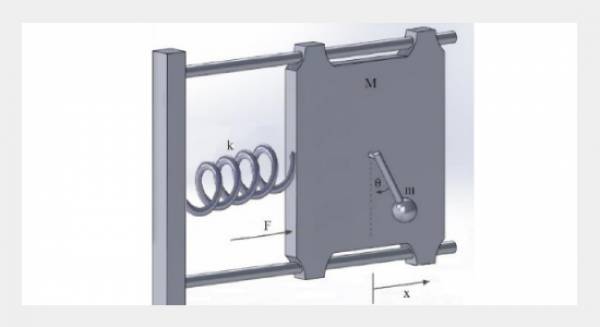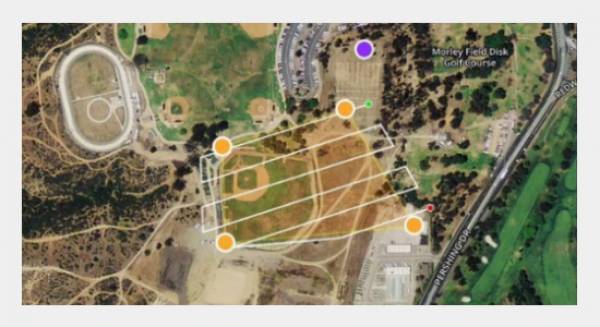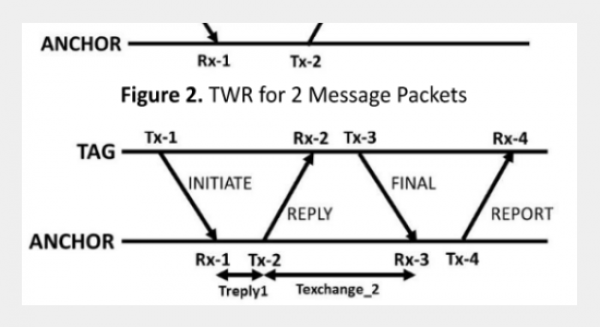REFERENCES
- [1] World Health Organization, Global report on diabetes. World Health Organization, 2016.
- [2] R. Weiss, I. Lazar, (2007) "The Need for Continuous Blood Glucose Monitoring in the Intensive Care Unit," J Diabetes Sci Technolgy, vol. 1, no. 3, pp. 412-414, 2007. https://doi.org/10.1177/193229680700100315
- [3] Varun G. Menon, Joe Prathap P. M, "Analysing the Behaviour and Performance of Opportunistic Routing Protocols in Highly Mobile Wireless Ad Hoc Networks ," International Journal of Engineering and Technology, vol. 8, no. 5, pp.1916-1924, 2016. https://doi.org/10.21817/ijet/2016/v8i5/160805409
- [4] L. Heinemann, "Continuous Glucose Monitoring (CGM) or Blood Glucose Monitoring (BGM): Interactions and Implications," Journal of Diabetes Science and Technology, vol 12, no 4, pp.873-879, 2018. https://doi.org/10.1177/1932296818768834
- [5] S. Cirani, M. Picone, P. Gonizzi, L. Veltri, G. Ferrari, "IoT-OAS: An OAuth-Based Authorization Service Architecture for Secure Services in IoT Scenarios," IEEE Sensors Journal, vol. 15, no 2, pp.1224-1234, 2015. https://doi.org/10.1109/JSEN.2014.2361406
- [6] H. Mora, M. Signes-Pont, D. Gil, M. Johnsson," Collaborative Working Architecture for IoT-Based Applications," Sensors, vol 18, no 6, pp.1676, 2018. https://doi.org/10.3390/s18061676
- [7] K. Peng , Victor C.M. Leung , X. Xu , L. Zheng, J. Wang, Q. Huang, "A Survey on Mobile Edge Computing: Focusing on Service Adoption and Provision," Wireless Communications and Mobile Computing, pp 1-16, 2018. https://doi.org/10.1155/2018/8267838
- [8] R. Schiel, U. A. Müller, J. Rauchfub, H. Sprott, R. Müller "Blood-glucose self-monitoring in insulin treated type 2 diabetes mellitus a cross-sectional study with an intervention group," Diabetes & Metabolism, vol 25, no 4, p334-340, 1999. https://doi.org/DM-09-1999-25-4-0338-1684-101019-ART6
- [9] K., S. Kim "Self-Monitoring of Blood Glucose in Patients with Insulin-Treated Type 2 Diabetes Mellitus," Diabetes Metab Journal, vol 42, no 1, pp: 26-27, 2018. https://doi.org/10.4093/dmj.2018.42.1.26
- [10] R. Voelker, "Blood Glucose Readings Made Possible Via Smartphone," JAMA, vol 319, no 17, pp.1758, 2018. https://doi.org/10.1001/jama.2018.4928
- [11] P. M. Shakeel, S. Baskar, V. S. Dhulipala, M. M. Jaber, "Cloud based framework for diagnosis of diabetes mellitus using K-means clustering," Health information science and systems, vol 6, no 1, pp.16, 2018. https://doi.org/10.1007/s13755-018-0054-0
- [12] T. J. Jebaseeli, C. A. D. Durai, J. D. Peter, "IOT based sustainable diabetic retinopathy diagnosis system," Sustainable Computing: Informatics and Systems., vol 17, no 3, pp. 2-9, 2018 https://doi.org/10.1016/j.suscom.2018.08.004
- [13] T. N. Gia, M. Ali, I. B. Dhaou, A. M. Rahmani, T. Westerlund, P. Liljeberg, H. Tenhunen, "IoT-based continuous glucose monitoring system: A feasibility study," Procedia Computer Science, vol 109, pp.327-334, 2017. https://doi.org/10.1016/j.procs.2017.05.359
- [14] M. Sharma, G. Singh, R. Singh , "An Advanced Conceptual Diagnostic Healthcare Framework for Diabetes and Cardiovascular Disorders," Information Systems, vol 5, no 18, pp.154828, 2018. https://doi.org/10.4108/eai.19-6-2018.154828
- [15] Y. Wang, S. Liu, R. Chen, Z. Chen, J. Yuan, Q. Li, "A Novel Classification Indicator of Type 1 and Type 2 Diabetes in China," Scientific Reports, vol 7, no 2, 2017. https://doi.org/10.1038/s41598-017-17433-8
- [16] P. M. Kumar, S. Lokesh, R. Varatharajan, G. C. Babu, P. Parthasarathy, "Cloud and IoT based disease prediction and diagnosis system for healthcare using Fuzzy neural classifier," Future Generation Computer Systems, vol 86, pp. 527-534, 2018. https://doi.org/10.1016/j.future.2018.04.036
- [17] R Ani, S Krishna, N Anju, M Sona Aslam, O. S. Deepa, "Iot based patient monitoring and diagnostic prediction tool using ensemble classifier," in proceeding of International Conference on Advances in Computing, Communications and Informatics (ICACCI), Udupi, Sep 13-16, 2017, pp. 1588-1593. https://doi.org/10.1109/ICACCI.2017.8126068
- [18] A. Ullal, G. M. Parmar, P. Chauhan, "Comparison of glucometers used in hospitals and in outpatient settings with the laboratory reference method in a tertiary care hospital in Mumbai," Indian Journal of Endocrinology and Metabolism, vol 17, no 3, pp. 688-693, 2013. https://doi.org/10.4103/2230-8210.123569
- [19] P. Narkhede, S. Dhalwar, B. Karthikeyan, "NIR Based Non-Invasive Blood Glucose Measurement," Indian Journal of Science and Technology, vol 9, no 41, 2016. https://doi.org/10.17485/ijst/2016/v9i41/98996
- [20] Y. Zhang, B. Feng, W. Quan, G. Li, H. Zhou, H. Zhang, "Theoretical Analysis on Edge Computation Offloading Policies for IoT Devices," IEEE Internet of Things Journal,vol 6, no 3, pp. 4228-4241, 2019. https://doi.org/10.1109/JIOT.2018.2875599
- [21] G. Kortuem, F. Kawsar, V. Sundramoorthy, D. Fitton, "Smart objects as building blocks for the Internet of things," IEEE Internet Computing, vol. 14, no. 1, pp. 44-51, 2010. https://doi.org/10.1109/MIC.2009.143
- [22] Y.Y. Cai, D. Cao, X.H. He, Q.X. Wang, "Continuous Glucose Monitoring System Based on Smart Phone," Procedia Engineering, vol 29, pp. 3894-3898, 2012. https://doi.org/10.1016/j.proeng.2012.01.590
